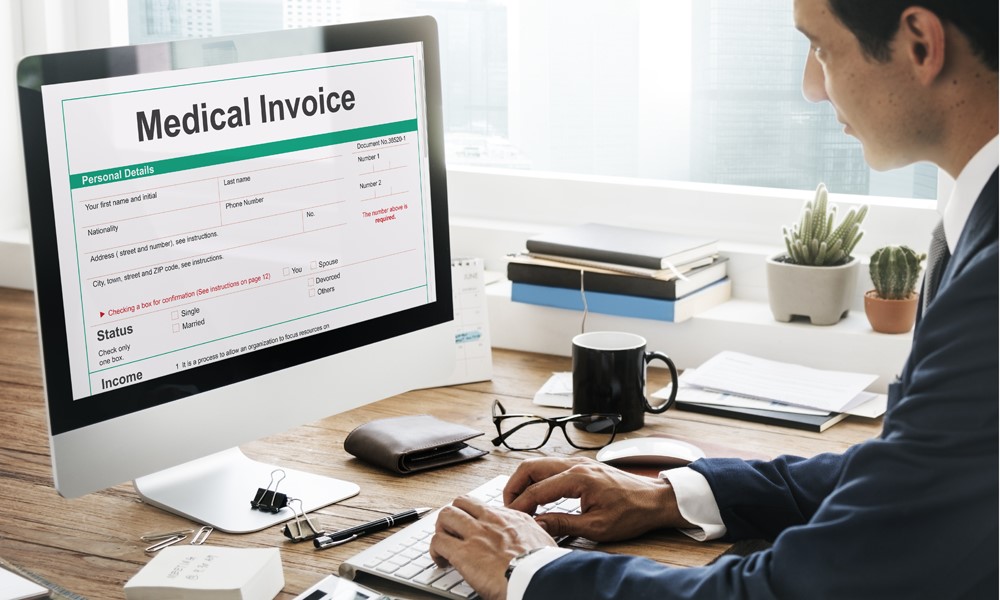In the health business, providing care is a balancing act. On one hand, seeking medical care can be a financial burden for many patients, thanks to high deductible insurance plans. On the other, reducing the monthly accounts receivable is essential for maintaining a healthy cash flow — so you can pay your staff, facility and supply bills, while relying less on monthly credit.
Now that clients are relying more on self-paying patients for a larger percentage of revenue, that has a noticeable increase in bill pay. But the higher the bill, the less likely a patient can pay it in full. According to a survey by the Commonwealth Fund, 46% of respondents said they lacked the money to pay a $1,000 medical bill within 30 days.
For clinics, pushing patients a little harder to pay their bills can leave you feeling like the bad guy. The following tips are some patient-friendly billing and collecting practices that will improve cash flow for your clinic.
Modernize billing practices
When was the last time your clinic updated the billing and collections system? If you don’t offer online bill pay, your A/R system is contributing to the problem. Because if your patients’ only options are mailing the bill or reading their credit card number over the phone, you're adding days to your clinic's revenue cycle. Both systems have built-in delays between you and your money, because you're either waiting for the mail to arrive, or relying on the patient to remember to call you. Online payments, however, give patients the freedom to pay immediately, giving your clinic a healthier cash flow almost right away.
Communicate payment options
It’s common for clinics to provide payment plans when patients are hard up. Because getting smaller, regular payments is better for revenues than sending a bill month after month with no response. But think of that patient who’s staring at a bill they can’t afford. How do they know they have options? Are you being transparent and upfront? Make this information explicit on the bill. Tell patients what to do to get a payment plan started. Finally, make sure the billing staff has the procedures and system that lets them set up a payment plan in minutes.
If patients know upfront you have compassionate options, they’ll be more likely to take action on that large medical bill.
Read Top cash flow challenges in health care.
Set up automatic payments
Once a patient sets up a payment plan, the next step is requesting that patients sign up for automatic payments. This is convenient for patients, while giving your clinic a reliable revenue stream coming in. Cash management tools from your community bank can help your billing specialists get this system up and running. Automatic clearing house (ACH) is a cash management tool that securely transfers funds between accounts, reducing check float time and giving you access to cash.
Collect minimum balances
During check-ins, ask to keep the patient’s credit card on file (CCOF) and get consent to automatically collect balances of $200 or less. According to MGMA, this simple thing can reduce patient bad debt/write-off, the number of A/R days, and collections costs. This information can be easily collected as you’re verifying the patient’s insurance coverage and contact information.
Now that you have some options to improve cash flow through smarter billing, set up an appointment with a helpful cash management specialist at Minnwest Bank. We’re located right in your community and ready to help your clinic get more done!


